Today, I’m going to start a new series focusing on Milkweeds and some particular species of Milkweeds that I’m most familiar with. I’m not a global expert, or even a formally trained botanist or entomologist, but I do grow 9 species of Milkweeds, and I’ve had the chance to observe them a while. I pick pounds of Milkweed seeds each year, so literally see and touch thousands of plants each year. It’s a group of plants I’m passionate about.
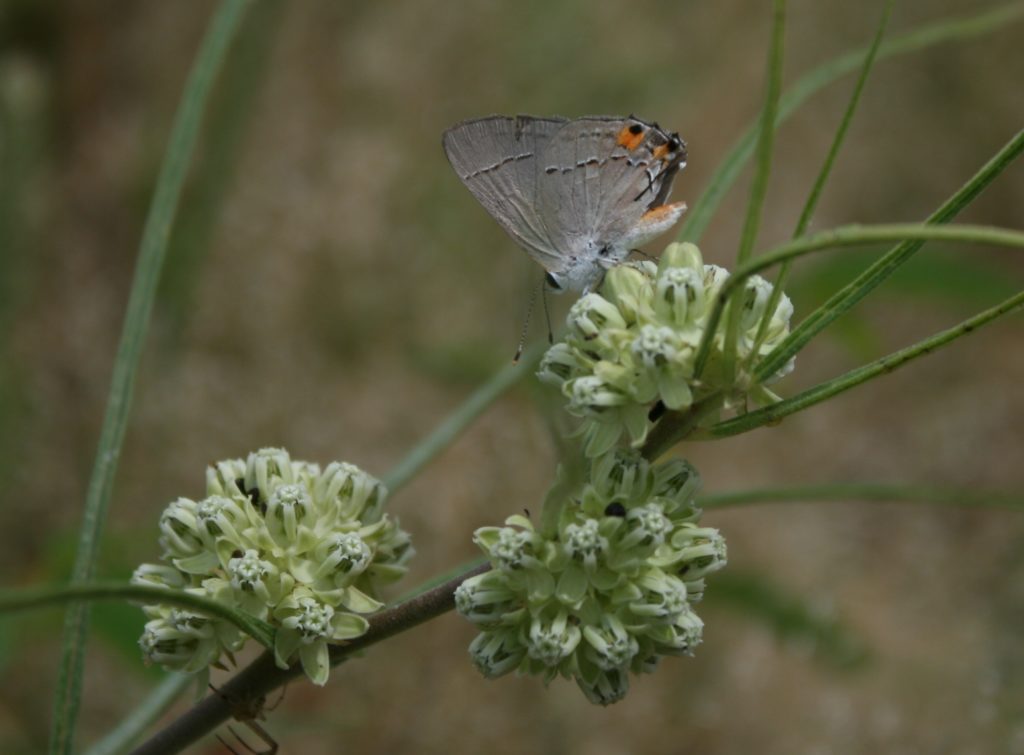
As a Monarch Watch Conservation Specialist in Texas, I get lots of questions about Milkweed. Sometimes, the person asking isn’t aware that Milkweed isn’t a single kind of plant, but a name that describes a whole big group of similar plant species. Many of the people asking questions are already aware that Milkweed is very important to Monarch Butterflies, but they aren’t sure what they should be looking for in their area, or how it benefits the butterflies.
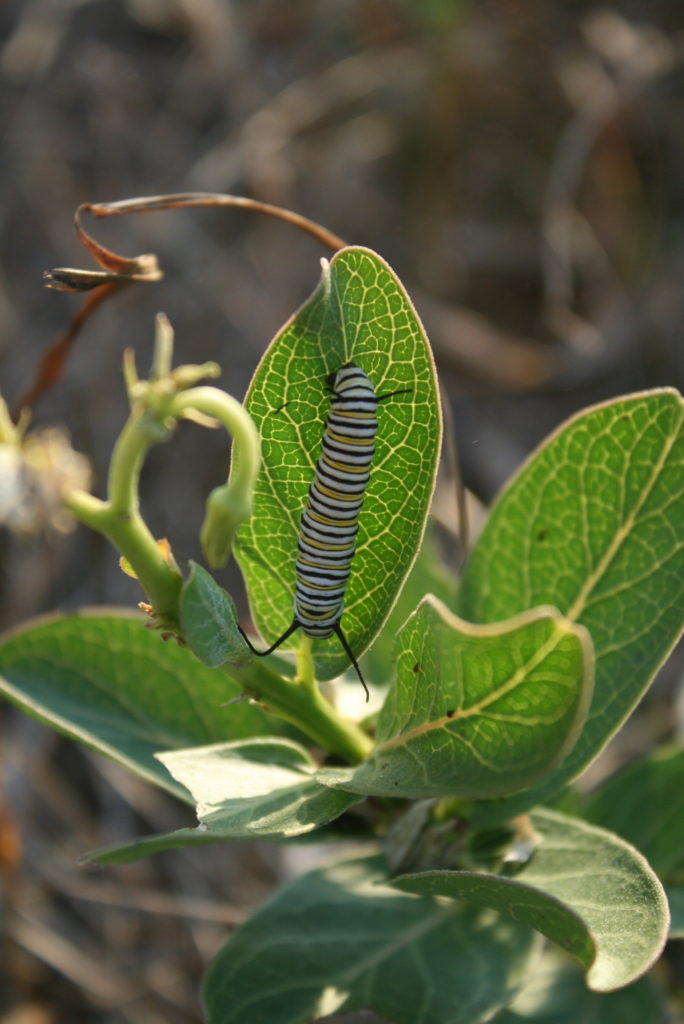
Or, just as troublesome, the person asking is already familiar—maybe way too familiar—with just one kind of Milkweed and doesn’t realize that different species have very different growth habits within the Asclepias genus. All true Milkweeds fall in the genus Asclepias, and then have a second name that defines the particular species. One Asclepias species may form large spreading colonies from underground roots that run sideways, while another will remain a single plant held in its place for decades by a large central taproot.
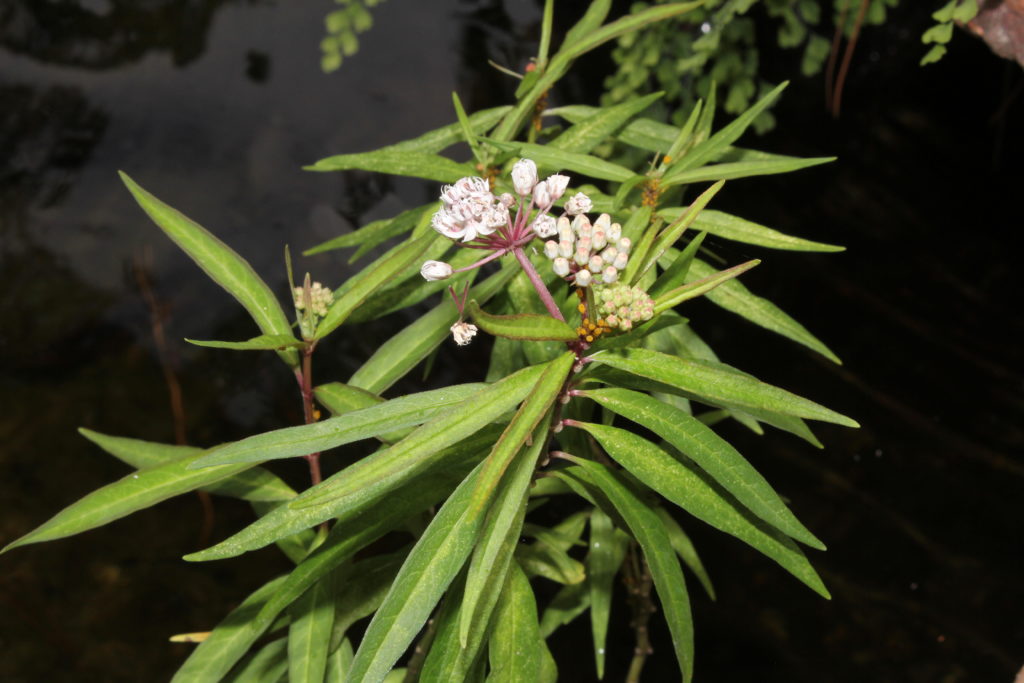
Some will grow directly in water, while others really need great drainage and a promise that they won’t be kept soggy over the winter.
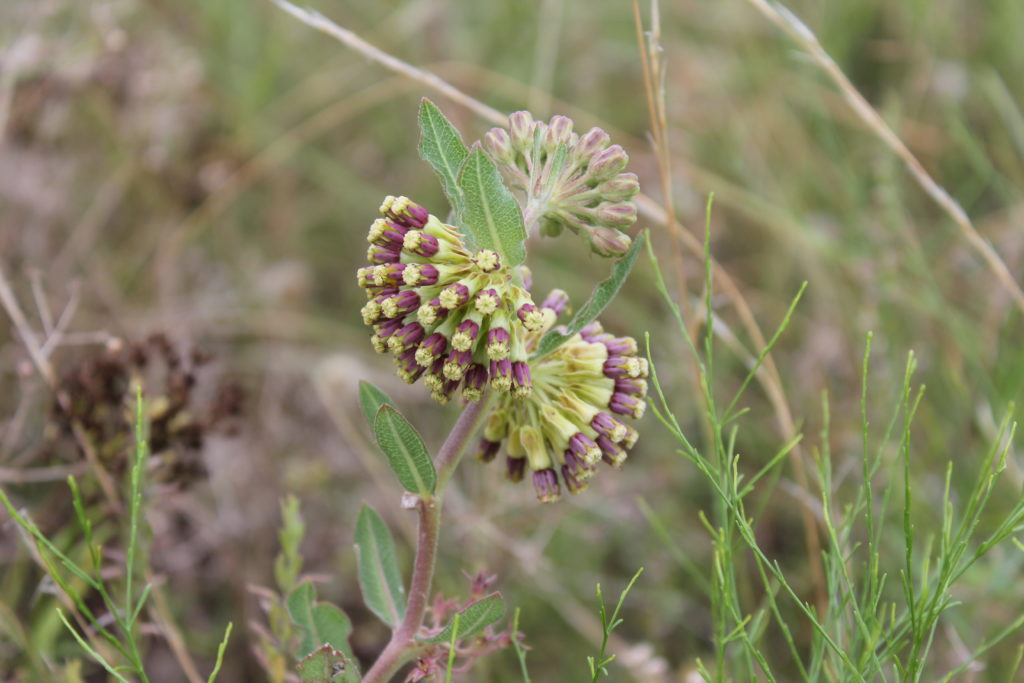
Some milkweeds do fine in the shade, and others are happiest in the blazing hot sun.
So, how many total species are we talking about in Texas alone? Only about a couple dozen. Why so vague on the answer? Some of the species reported for Texas are extremely rare, and you aren’t likely to encounter them without a special trip to an out-of-the-way place and a knowledgeable guide. Some aren’t seen every year, but only occasionally. There are also some very close relatives of Milkweeds that you might or might not include in the count under some circumstances.
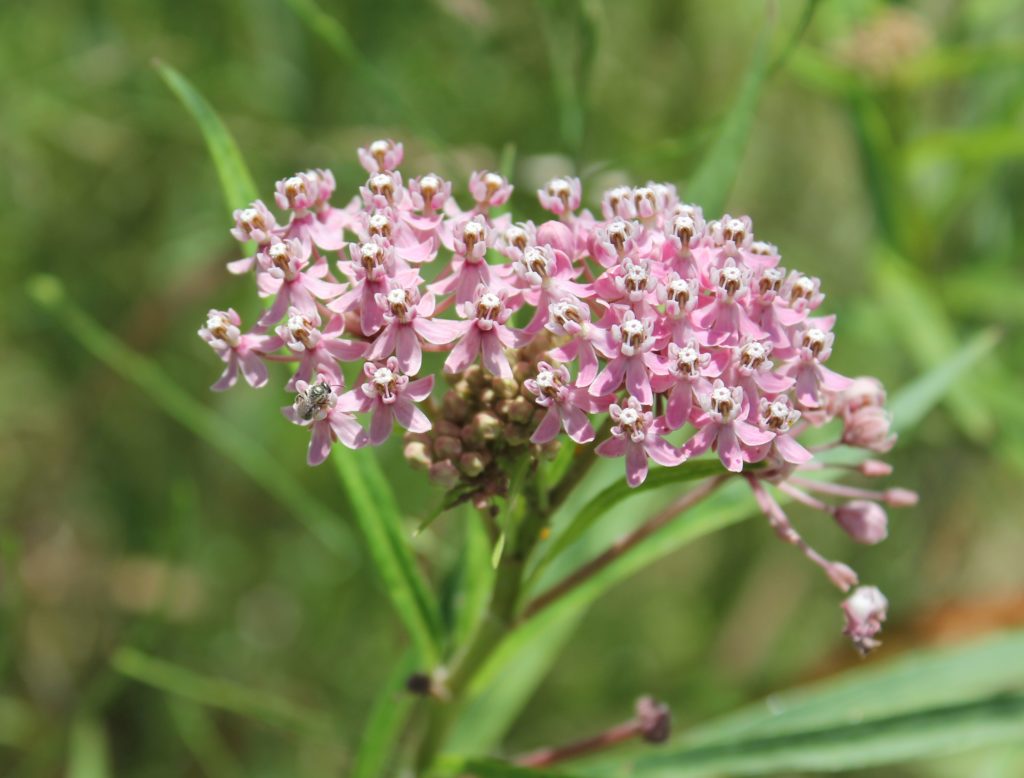
In Texas, we are very lucky that some of our taxpayer dollars went to fund the creation of the Texas Parks and Wildlife Department’s guide to Identification of Milkweeds in Texas. It’s a wonderful public document, and you can download your own copy of it. For each Milkweed reported to occur in Texas, there’s a photo, a description, a range map, and a discussion of which other species it might be confused with and how to tell it apart.
In Oklahoma, the Kerr Center has published a document that is similar for the Oklahoma Milkweed species, Native Milkweeds of Oklahoma, which you can also download.
Other states probably have similar documents. You can always search the words “(insert your state) milkweed species” and see what pops up.

What other genera (the plural of word genus) might be considered Milkweeds for some purposes? The Cynanchums, the Mateleas, the Funastrums, and the Gonolobus species are all vining milkweeds in a sense. Their flowers and fruits share many the same weird features as Milkweed flowers and fruits, and the foliage of some of these species (but not all!) can be successfully used by Monarch caterpillars.

Milkweeds are essential building blocks of prairie ecosystems for so many reasons! It’s not just the Monarchs and the Queen Butterflies that depend on them. There are dozens– if not hundreds or thousands– of animals that need Milkweed for their very survival. Milkweed is like the Grand Central Station of a prairie plot: the busy hub of activity as tiny creatures come and go, benefitting from its rich nectar. In the coming weeks, I’ll be posting more about the delightful denizens of the Milkweed patch too. There have been whole books written on the subject!

Meanwhile, if you’re reading from Texas, download the Texas Parks and Wildlife Milkweed booklet, and if you’re in Oklahoma, try the Kerr center publication (both links above). If you’re anywhere else, see what your state has to offer. You may be surprised at the diversity of Milkweed species near you.
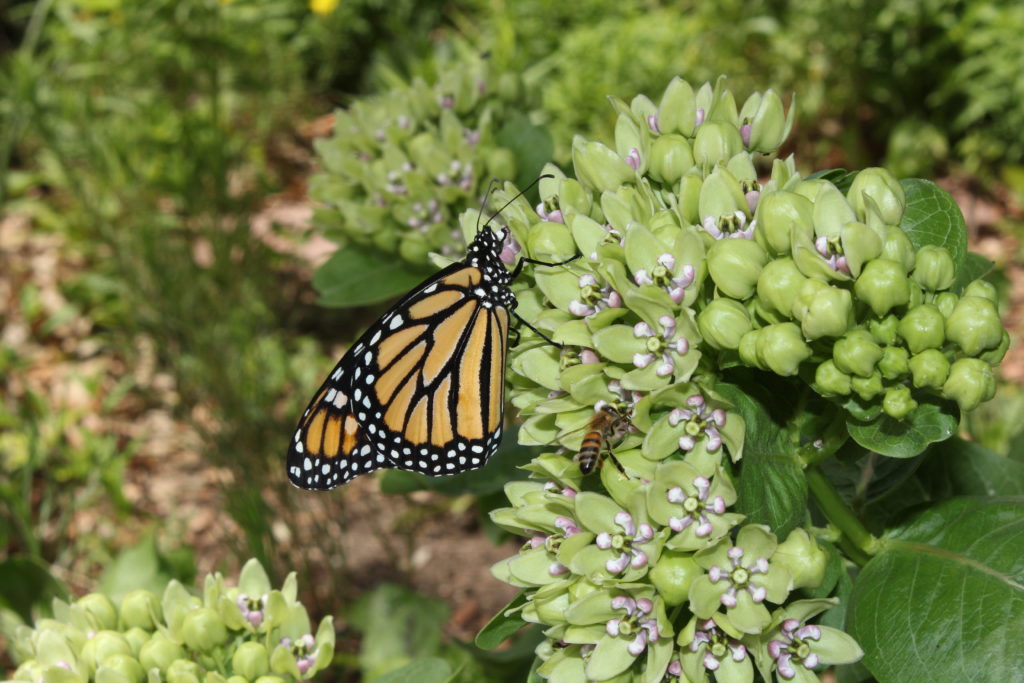
On a completely different note: If you are in North Texas and had trouble ordering Antelope Horns Milkweed through Monarch Watch, we found that some zip codes had fallen through the cracks and the milkweed did not show as available when those were entered. We think it’s fixed now, thanks to the Monarch Watch technical team and administrative staff, so please try again! And try soon! The Milkweed is already being shipped.
